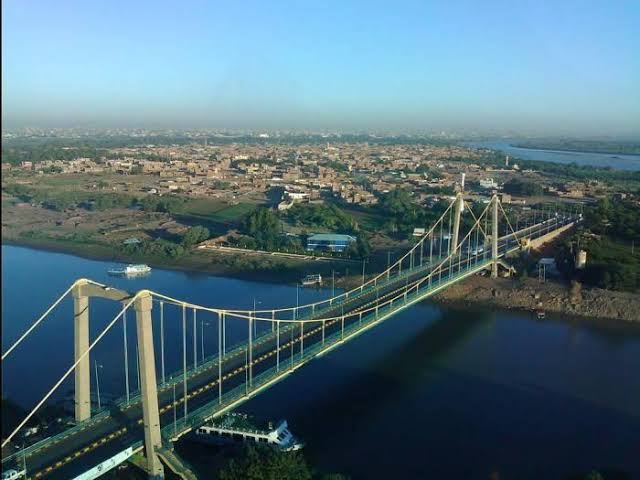By Web Desk
About the Place
Tuti Island, located at the confluence of the Blue and White Niles in Khartoum, Sudan, is a historic oasis and one of the city’s oldest settlements. Its inhabitants, the Tuti people, trace their roots to the Mahas who settled there in the 15th century. Covering about 8 square kilometres, the crescent-shaped island, formed by silt deposition, relies on fishing and agriculture for its economy. Despite Khartoum’s rapid urbanization, Tuti Island remains a tranquil refuge with lush landscapes and a rich cultural heritage.
Climate change has disrupted the Nile’s flooding cycle, leading to severe flooding events on Tuti Island. Low rainfall and high evaporation rates have led to desertification and severe droughts, threatening agriculture and livelihoods. Rising temperatures affect the fauna in the Nile River, forcing fishermen to travel further downstream, increasing expenses, and reducing income.
Future projections suggest more intense upstream precipitation, which could further alter flooding patterns on Tuti Island, endangering residents and their traditional practices.

































